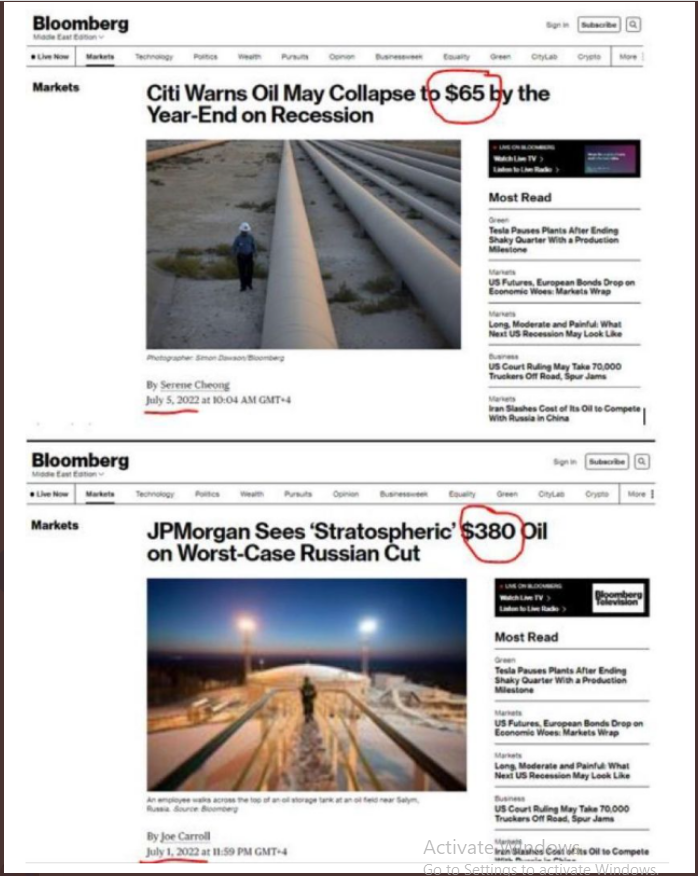image by PUKmedia
Chart Of The Day: Oil Is
Heading Toward $60
Recession concerns suggest falling demand for oil. When the economy shrinks, business expansion comes to a standstill, consumers reduce demand, which means less energy is needed to produce goods, and less energy is used to deliver those goods.
On the other hand, a tight supply props up the oil price. Sanctions on Russia, turmoil in Libya, and frequent COVID lockdowns in China make a case for higher oil prices.
Yesterday, oil plunged a whopping 10% on mounting recession worries, as Treasury yields inverted.
When investors increase demand for short-term bonds at the expense of long-term bonds, it creates a market anomaly.
In normal conditions, investors should be compensated more for committing to a longer-term loan to the US government.
Why are they willing to be paid less, even amid a longer commitment?
Because they are scared and are cutting their losses. They consider the lower yields safer than the alternative.
So that explains yesterday. But was it a one-off, or will prices continue lower?
@MacroAlf on Twitter sarcastically characterized the conflicting narrative in the form of deviating investment bank predictions
I am inclined to agree with Citi's forecast. Here's why.
WTI completed a bearish flag, an apparent equilibrium following a $22 plunge within just seven sessions. ......










